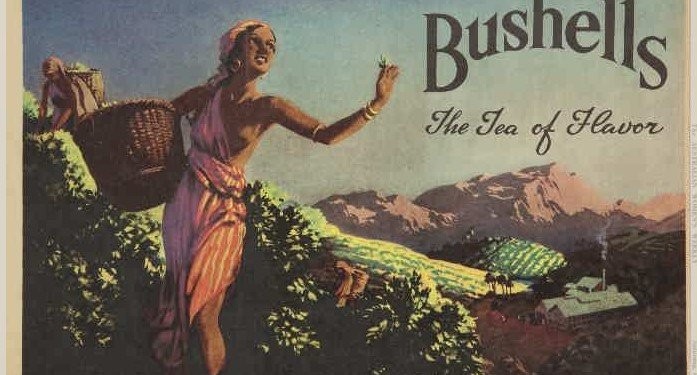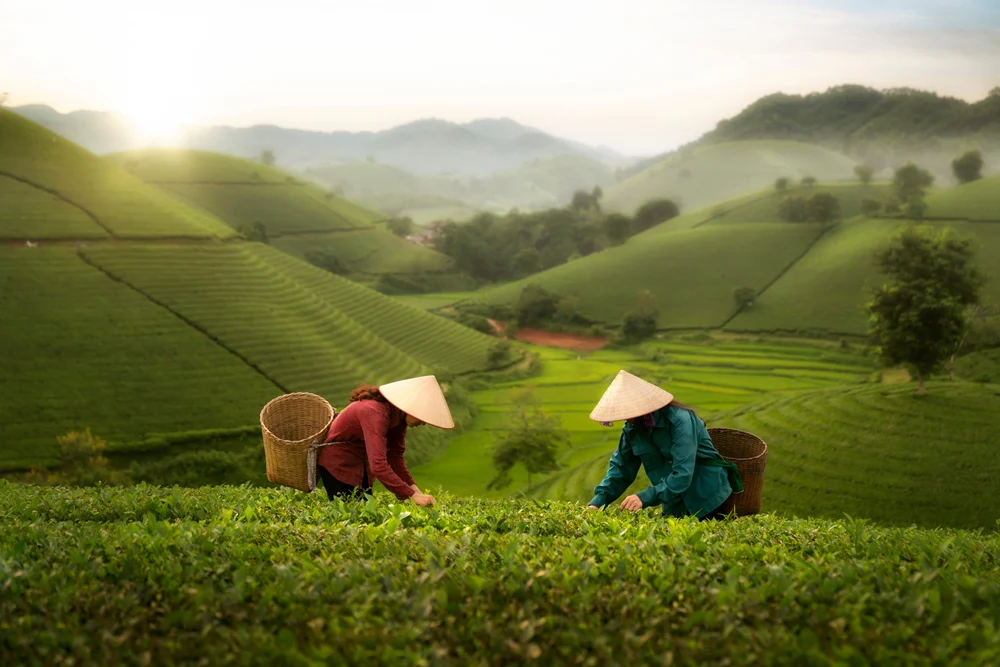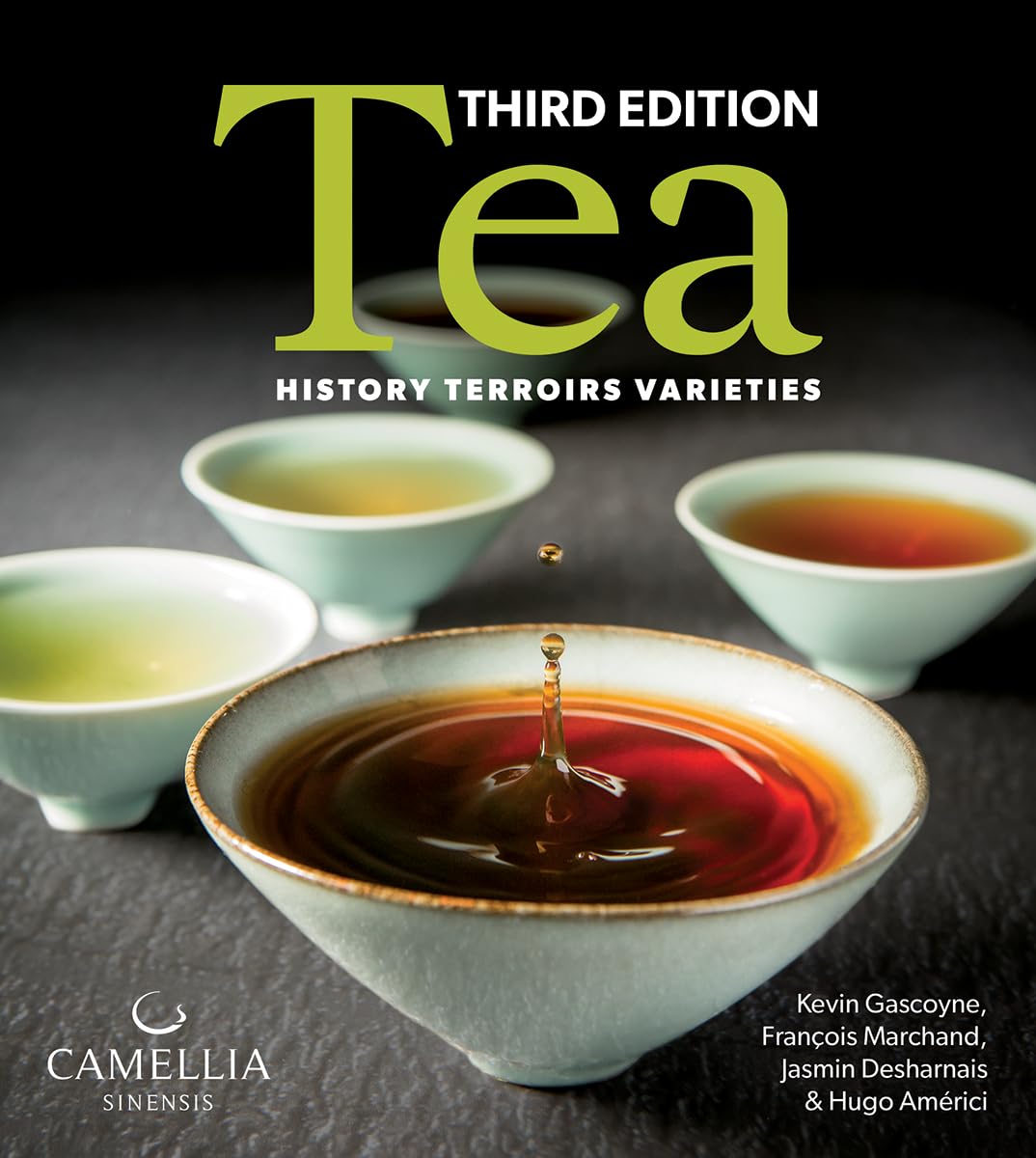Tea has played an essential role in shaping Australia’s cultural and social history. From its introduction during colonial times to its modern-day renaissance as a sophisticated and diverse beverage, tea has been a staple of Australian life. Here’s a detailed exploration of its evolution and cultural significance.
1. The Arrival of Tea in Australia
- Colonial Beginnings:
- Tea arrived in Australia with the First Fleet in 1788. It was a staple for British settlers who brought their tea-drinking habits to the new colony.
- Early tea consumption was practical and functional, providing a comforting link to British culture and a warm, easy-to-prepare drink.
- Early Trade:
- Tea was initially imported from China, following Britain’s established trade routes. By the mid-19th century, India and Sri Lanka became key suppliers due to the British Empire’s control over tea production in those regions.
2. Tea in the Gold Rush Era
- Tea as a Commodity:
- During the 1850s Gold Rush, tea became a valuable commodity for miners seeking sustenance and comfort in harsh conditions.
- Portable tea-making kits became common, and tea was often consumed with damper (a simple bread) as a staple meal.
- Community and Camaraderie:
- Tea was not just a beverage but a symbol of camaraderie among miners and settlers. Sharing tea around a campfire fostered a sense of community in the rugged Australian outback.
3. The Rise of Tea Culture in Australian Homes
- Domestic Rituals:
- By the late 19th and early 20th centuries, tea became a central part of daily life in Australian households.
- Tea was served during family gatherings, morning and afternoon breaks, and at the end of a long day.
- Introduction of Tea Brands:
- Iconic Australian tea brands, such as Bushells, were established during this period, offering locally blended teas that catered to Australian tastes.
- Advertising campaigns reinforced the association of tea with comfort, hospitality, and everyday life.
4. The Significance of Tea in Australian Traditions
- Morning and Afternoon Tea:
- Borrowing from British customs, “morning tea” and “afternoon tea” became entrenched in Australian culture.
- These tea breaks included a cup of tea paired with biscuits, cakes, or scones, serving as a moment of rest and socialization.
- Tea in the Workplace:
- The concept of the “smoko” break—a short tea or coffee break—originated in the Australian labor force. Tea served as a quick and revitalizing drink for workers in industries like farming, mining, and manufacturing.
- Tea and Hospitality:
- Offering tea to guests became a symbol of Australian hospitality, reflecting warmth and generosity in social interactions.
5. Modern-Day Tea Trends in Australia
- Global Influences:
- Over the past few decades, Australia has embraced a more diverse tea culture, influenced by immigration and global trends.
- Green tea, herbal teas, and specialty teas like matcha and chai have grown in popularity, reflecting Australia’s multicultural identity.
- Health and Wellness:
- Tea has been increasingly associated with health benefits, driving interest in herbal and specialty blends like rooibos, chamomile, and turmeric teas.
- Australians are exploring organic and sustainably sourced teas, aligning with a broader focus on wellness and environmental responsibility.
- The Rise of Tea Cafes and Artisan Brands:
- Tea-focused cafes and boutique tea brands have emerged, offering high-quality loose-leaf teas, artisanal blends, and curated tea experiences.
- Tea appreciation is evolving, with more Australians attending tea tastings, learning about brewing techniques, and exploring tea pairings with food.
6. The Cultural Significance of Tea in Australia
- A Unifying Beverage:
- Tea continues to bring Australians together across generations and cultural backgrounds. From casual chats over a cup of tea to formal high teas, it fosters connection and conversation.
- Representation of Heritage:
- For many, tea symbolizes a link to British heritage while also embracing the multicultural flavors of modern Australia.
- Comfort and Resilience:
- Tea remains a source of comfort during challenging times, providing a sense of stability and familiarity. This is particularly evident in rural and remote communities where tea is a lifeline in daily routines.
7. Challenges and Opportunities
- Competition with Coffee:
- While tea remains popular, Australia’s growing coffee culture poses a challenge, especially in urban areas where espresso-based drinks dominate.
- Opportunities for Growth:
- There is a rising demand for premium, ethically sourced teas.
- Tea education, including brewing techniques and the exploration of tea’s health benefits, presents opportunities for growth in the Australian market.
Conclusion
Tea has evolved from a colonial staple to a symbol of Australian hospitality and resilience. Its ability to adapt and embrace new cultural influences ensures its continued relevance in Australian life. Whether through a simple morning cuppa or an elaborate high tea experience, tea remains a cherished part of Australia’s culinary and cultural identity.
The Evolution of Tea Consumption in Australia and Its Cultural Significance






